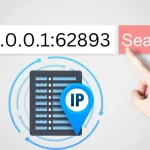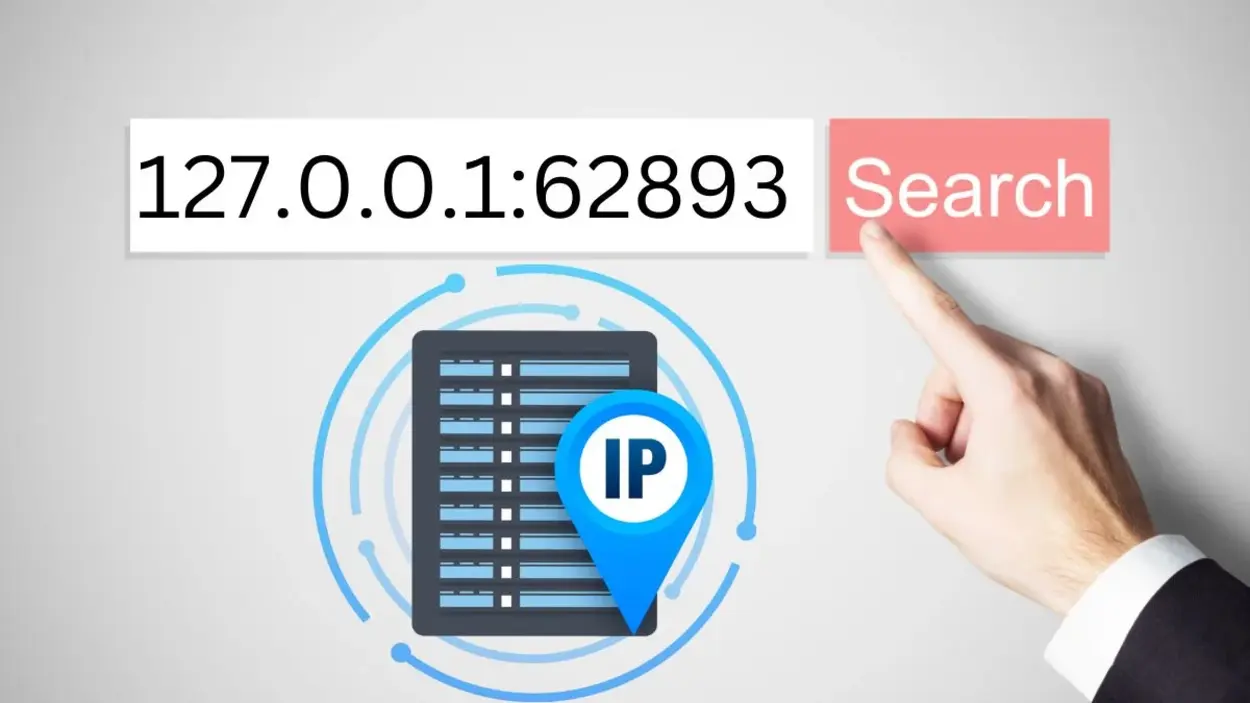The address 127.0.0.1:62893 might appear when you’re working with web applications, local servers, or debugging tools. To truly grasp its significance, let’s break it down and explore its components, purpose, and typical use cases.
1. The IP Address: 127.0.0.1
The IP address 127.0.0.1 is known as the loopback address or localhost. It represents the device you’re currently using and is used for testing and development. When a program communicates with 127.0.0.1, it essentially talks to itself, bypassing the network card and external network.
Key Features:
- It doesn’t require a physical network connection.
- Ideal for testing network services on a single machine.
- Part of a reserved range (
127.0.0.0/8), with127.0.0.1being the most commonly used address.
2. The Port Number: 62893
The number 62893 in the address refers to a port. Ports allow multiple services to run on the same IP address by directing traffic to the correct application or service.
What Makes Port Numbers Important?
- Every service on a computer needs a unique port to communicate.
- Port numbers range from 0 to 65535, with
62893falling in the ephemeral range (49152–65535). This range is dynamically assigned to temporary communication endpoints, often for client-server connections.
3. Why Would You See 127.0.0.1:62893?
This address is commonly seen in the following scenarios:
- Development Environments: If you’re running a local web server (e.g., Flask, Django, or Node.js), the application might use this address to serve content locally.
- Testing APIs or Software: Developers often bind their programs to
127.0.0.1during the testing phase to ensure the application works before exposing it to external traffic. - Debugging Applications: Tools like Postman, curl, or browser developer consoles might reference this address during localhost interactions.
- Temporary Connections: If a client application initiates a connection to a local server, it may use an ephemeral port like
62893for communication.
4. Real-World Example
Imagine you’re developing a web application using Python’s Flask framework. When you run the Flask app locally, it might bind to 127.0.0.1 with a dynamic port, such as 62893. Navigating to 127.0.0.1:62893 in your browser would load your application.
bashCopy code * Running on http://127.0.0.1:62893/ (Press CTRL+C to quit)
This message indicates that your server is running and accessible through the specified address.
5. How to Access and Debug?
If you encounter issues accessing 127.0.0.1:62893, consider the following steps:
- Ensure the server is running: Verify that the application/service bound to the port is active.
- Check for firewalls or blockers: Although
127.0.0.1traffic typically bypasses firewalls, restrictive configurations might still block connections. - Verify the port: The service might be bound to a different port if not explicitly set to
62893. - Inspect for conflicts: Ensure no other application is using port
62893.
Still having problems?
If none of these solutions work, refer to the software documentation or seek assistance from the software developer or distributor. Orage Technologies offers top-notch services to resolve all your IT related issues. We offer a range of services such as
6. Is It Safe?
Using 127.0.0.1 is inherently secure because traffic never leaves your machine. However, be cautious when exposing services to external networks, as they may become vulnerable to attacks.
Conclusion
The address 127.0.0.1:62893 is a technical shorthand that represents a local server running on your machine and listening on port 62893. It’s a critical tool for developers and testers, offering a safe and isolated environment for experimentation. Understanding how to interact with such addresses is an essential skill for anyone working in software development or network engineering.











